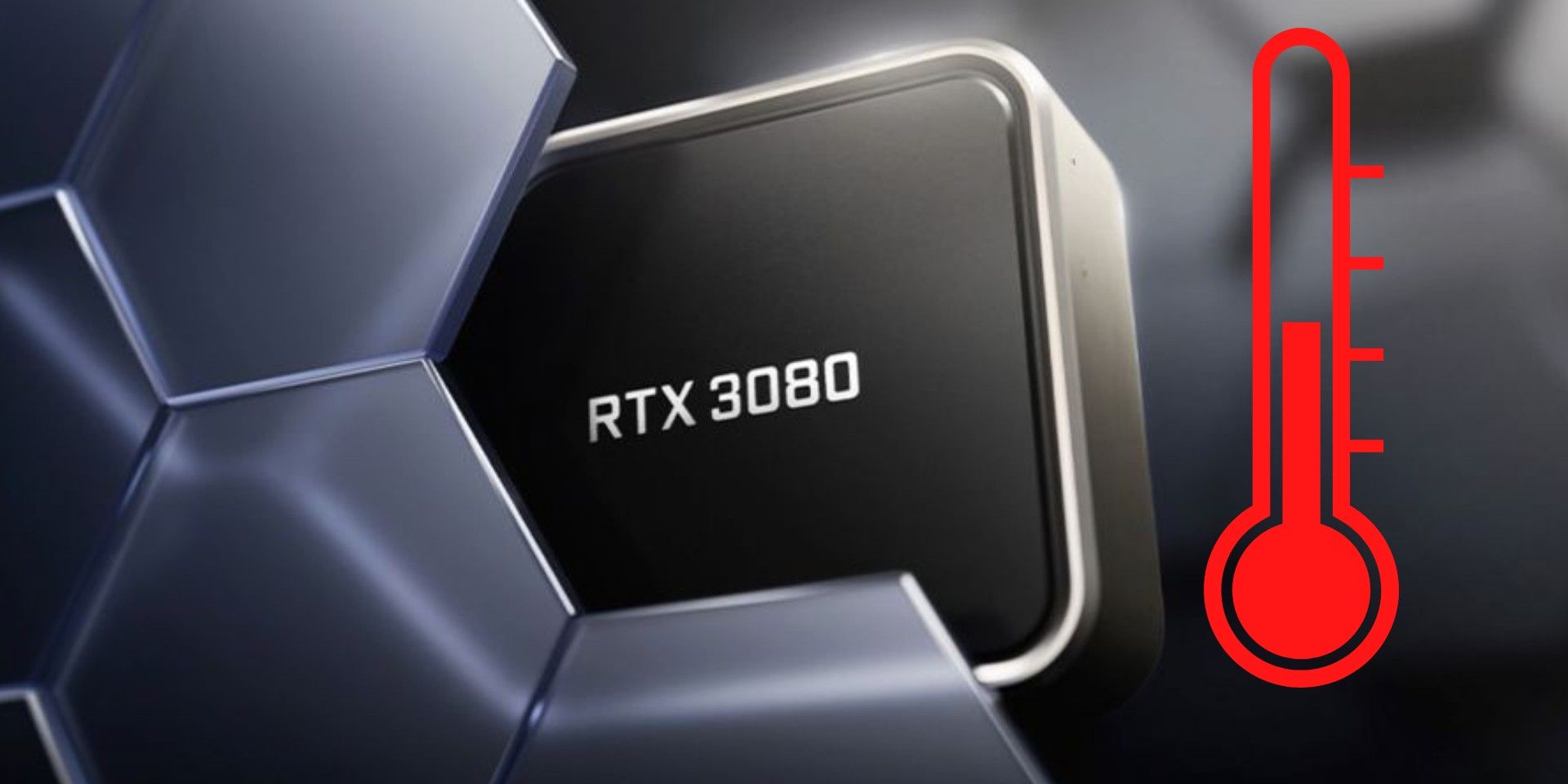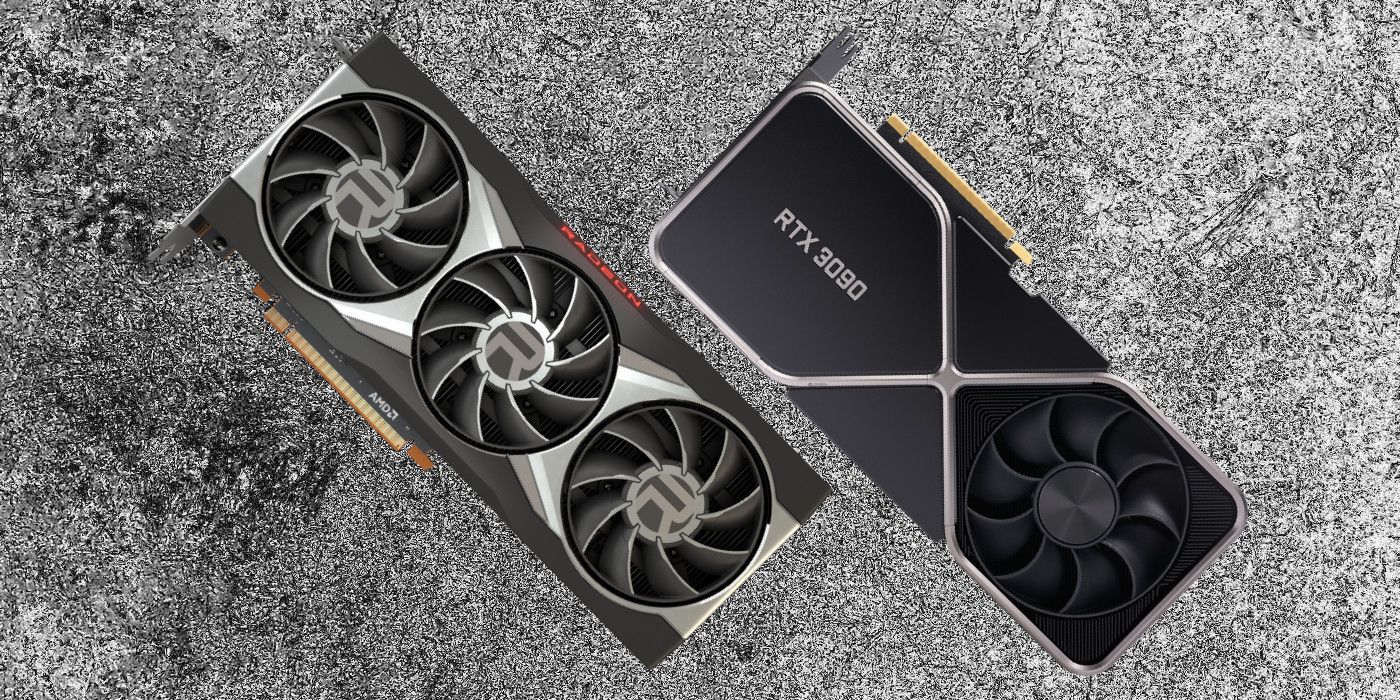Different Graphics Cards (sometimes referred to as GPUs) all have varying recommended maximum temperatures. These PC components are responsible for most of the workload when processing modern gaming titles and are arguably the most important piece to a gamer's rig. Because of this, it's imperative to occasionally check a Graphics Card's idle and active temperature when gaming to ensure it isn't throttling itself during gameplay. Throttling occurs when the GPU becomes too hot to continue performing at its current output safely, consequently lowering its performance to prevent hardware damage. This results in noticeable frame rate drops and can cause gamers a lot of frustration.
As Graphics Cards lower in pricing, thanks to normalization in supply and demand post-pandemic, many gamers are getting their hands on their first gaming PC. Graphics cards are starting to enjoy circulation at MSRP or lower, subsequently causing some users to hurriedly purchase hardware without fully understanding what constitutes healthy behavior from their GPU. When it comes to temperatures and cooling, there isn't too much difficulty remembering what should generally be considered acceptable.
As a general rule of thumb, a Graphics Card performing its duty while remaining at or under 85 degrees Celsius is considered acceptable, while anything above that may be cause for concern depending on the specific GPU in question. NVIDIA graphics cards, which are by far the most popular GPUs on the market today, all have the same reported maximum temperature of 93 degrees Celsius across all series of cards except for the 30s. The 30 series cards, such as the 3080, have a max temperature of 92 degrees Celsius. Despite the wiggle room, any NVIDIA graphics card hitting 90 degrees Celsius should be looked at closely for cooling solutions before the problem worsens. Some things a PC builder could do to decrease temperatures include popping off the side panels of the PC for increased airspace, adding or orienting the case fans for better airflow, or relocating the entire PC for more breathing room.
AMD GPU Temperature Limits
The second most popular brand, AMD, has recently begun closing the gap against NVIDIA with their Radeon lineup of Graphics Cards. These cards follow a similar pattern as NVIDIA in terms of rough max temperatures. However, AMD also has an alternate method of temperature reading with their most recent Radeon cards, which feature junction temperature readings. Essentially, the junction temperature is a more accurate reading of a Graphics Card's temperature than the traditional reading would give users access to. For clarification, the max temperature reading of the junction temperature for Radeon 6000 cards is roughly 110 degrees Celcius according to an official statement made by AMD.
The easiest way to check a Graphics Card's temperatures would be to use NVIDIA's GeForce Experience application for NVIDIA users or Radeon Software for AMD users. Both of these programs allow users to monitor their PC component's temperatures while in-game and can be used to diagnose potential issues in a build before they become problematic. Always remember that any changes made to a Graphics Card by a third-party seller, such as Gigabyte or Asus, might alter the standard stock behavior and change the average temperatures shown by the card. Additionally, users should be aware that any junction readings above 90 degrees Celsius on a Radeon card might seem nerve-wracking but are, ultimately, completely safe as long as it doesn't touch that 110 degrees Celsius mark.


